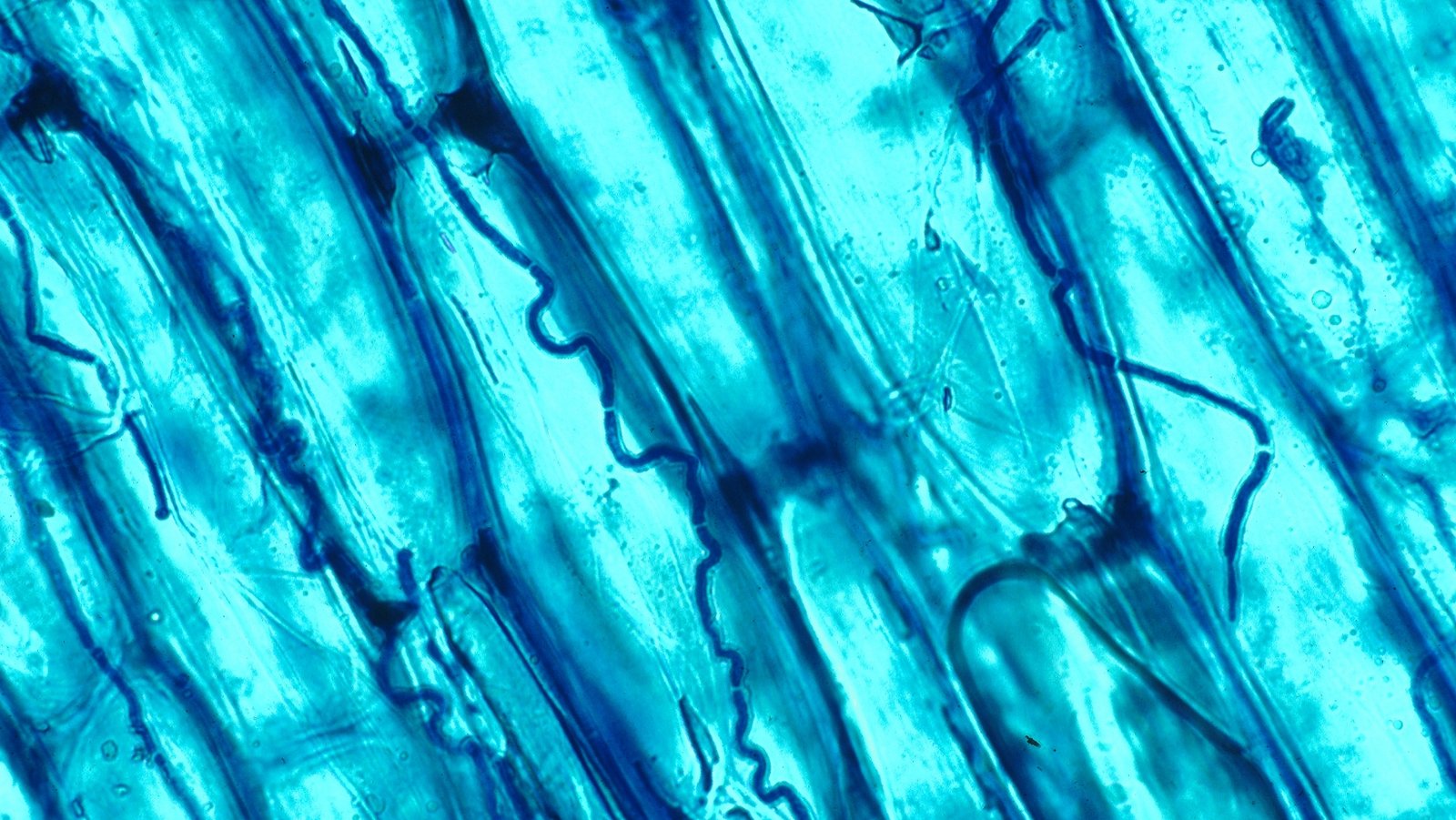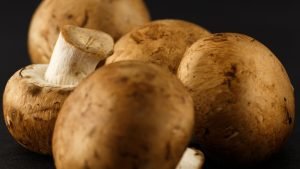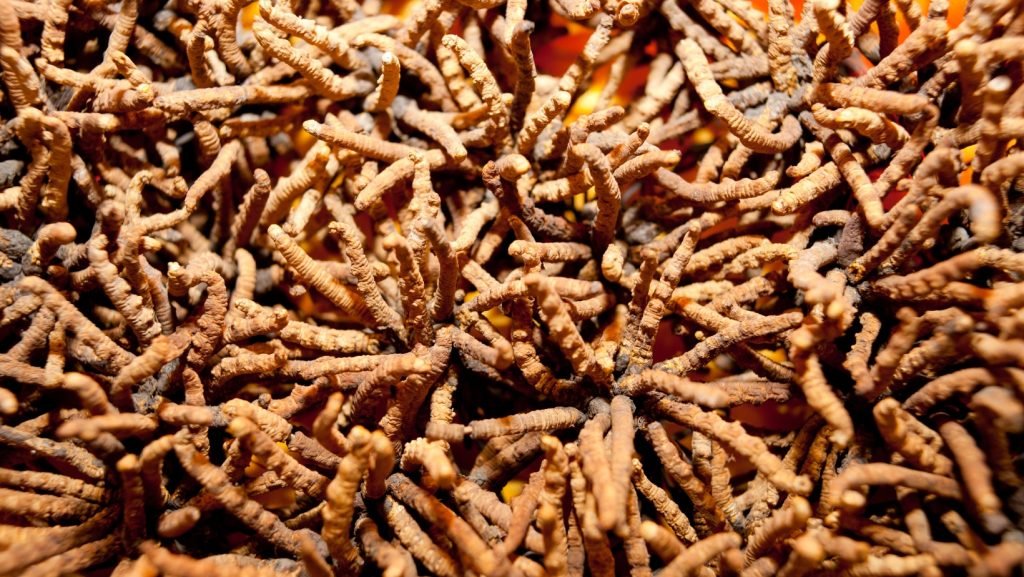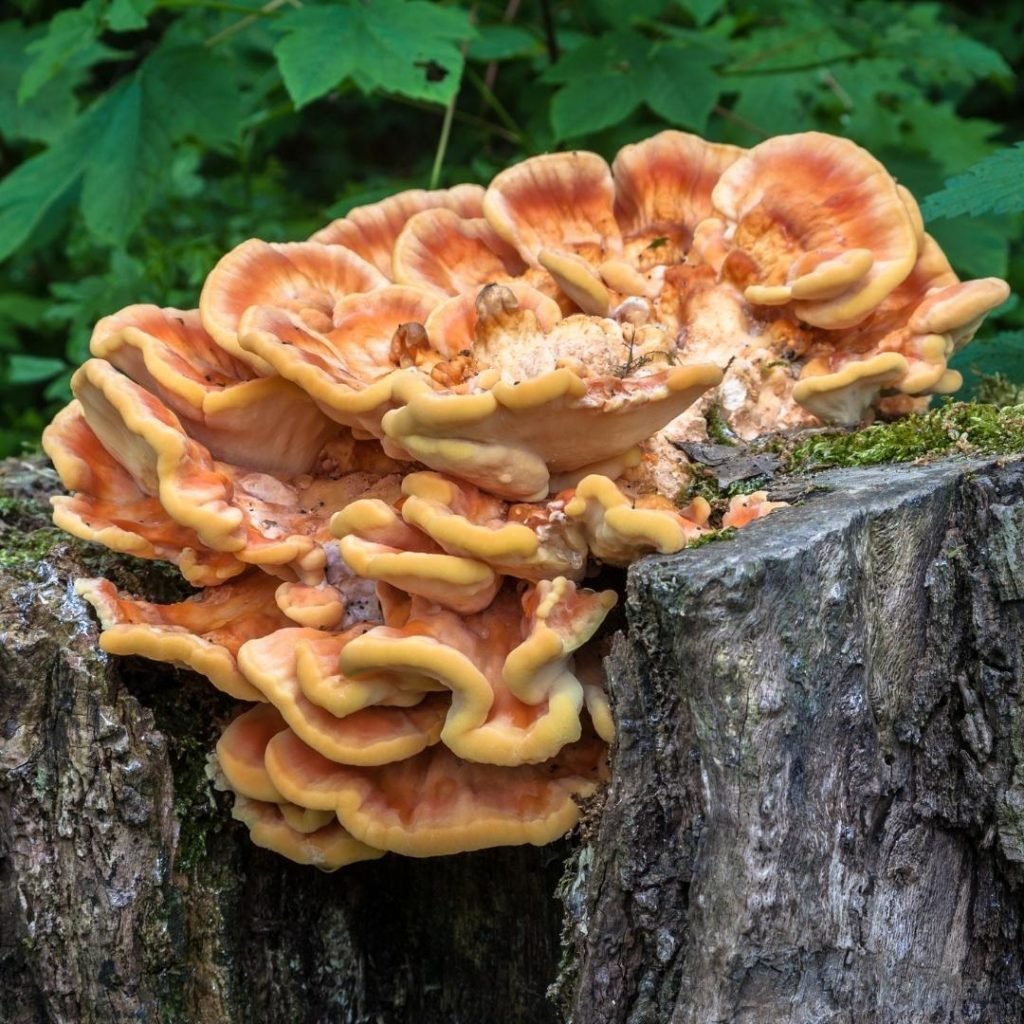In the lush green world that surrounds us, a lesser-known symbiosis weaves its intricate, invisible web. It binds together the kingdom of plants and a segment of the fungal kingdom in an intimate dance of survival, growth, and reproduction. This is the world of endophytic fungi – an enigmatic group of organisms that resides within plant tissues, opening the door to a wealth of interactions and benefits for both participants. Let’s delve deeper into the intricate world of these hidden allies, unraveling the enigma of endophytes.
What are Endophytes?
Derived from the Greek words ‘endon,’ meaning within, and ‘phyton,’ meaning plant, endophytes are organisms that inhabit plant tissues for at least part of their life cycle without causing apparent harm. While the term endophyte can technically apply to bacteria and other microorganisms, in this article, we’re focusing specifically on fungal endophytes.
Endophytic fungi live within plant tissues, often invisible to the naked eye. They reside in the intercellular spaces of leaves, stems, and roots or may be intracellular, depending on the species. Remarkably, they do this without triggering a significant immune response from the host plant, setting up long-term associations that can last the entire life of the plant.
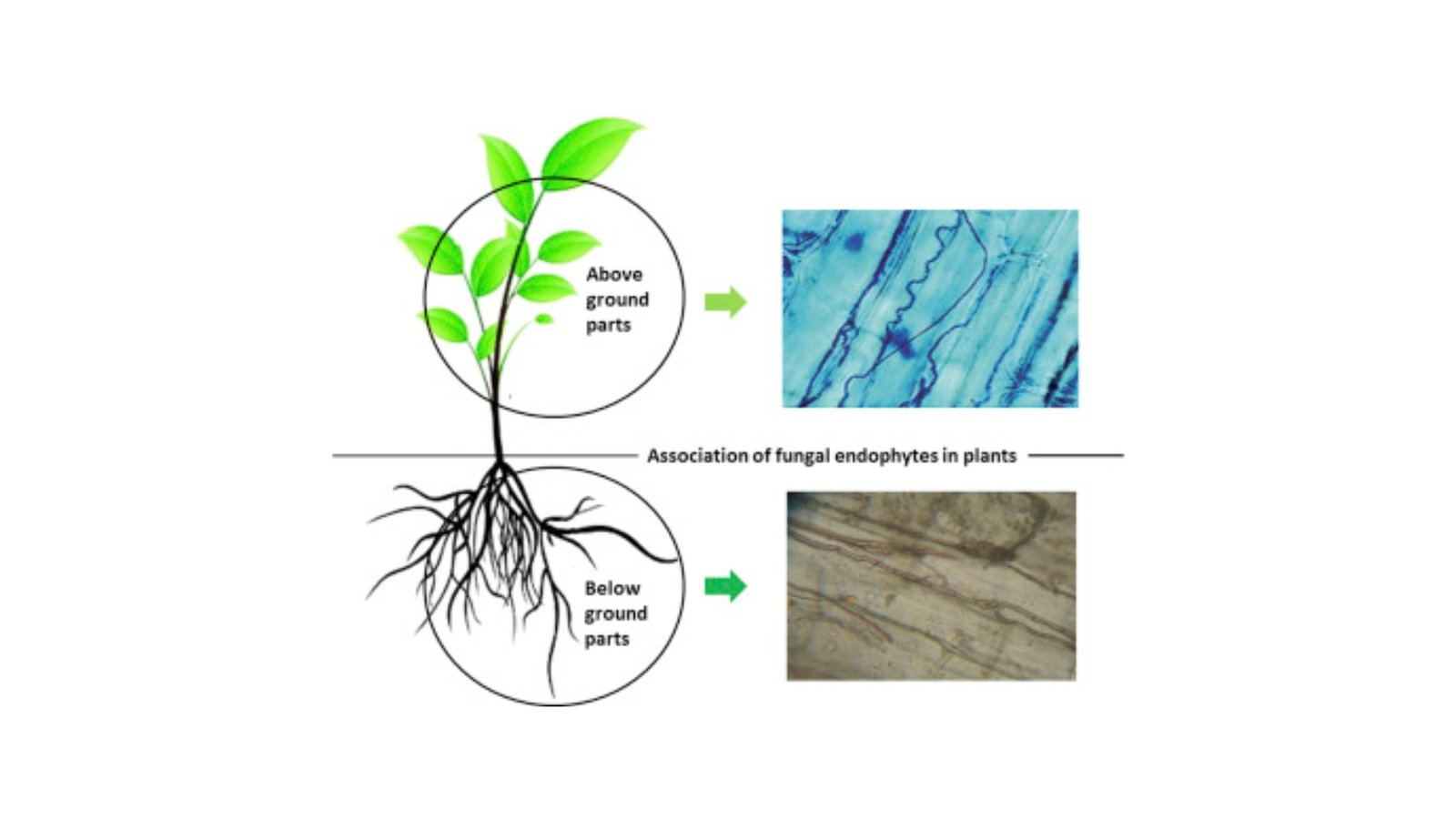
The Interactions Between Endophytes and Their Plant Hosts:
Endophyte-plant relationships can be considered mutualistic symbiosis, meaning that both organisms derive some benefit from their association. However, the exact nature of these benefits can vary widely, depending largely on the environmental conditions and the specific endophyte and host species involved.
For the Plant:
Protection from herbivores and pathogens: Endophytes can produce a wide variety of bioactive compounds, many of which deter herbivores and suppress pathogenic organisms. An iconic example of this comes from the grass species tall fescue, Festuca arundinacea. A specific endophyte, Epichloë coenophiala, produces alkaloids that deter grazing by livestock and insects, leading to the grass’s wide spread in pastures.
Stress tolerance: Endophytes can enhance the host plant’s tolerance to various environmental stresses, including drought, heavy metals, high salinity, and extreme temperatures. For example, some endophytic fungi have been found to improve plant growth and survival in mine tailings heavily contaminated with heavy metals.
Growth promotion: Endophytes can stimulate plant growth by producing plant hormones, increasing nutrient uptake, or improving water retention. Studies have found that the presence of endophytes can enhance root growth, shoot length, and overall plant biomass.
For the Fungus:
For their part, endophytic fungi gain a protected environment within the plant tissues and access to nutrients, including carbon, nitrogen, and other essential elements. The plant’s internal environment can offer a refuge from competition, predation, and harsh external conditions.
Understanding the Diversity of Endophytic Fungi:
Endophytic fungi are remarkably diverse, with estimates suggesting there could be as many as 1 million endophyte species. These fungi belong to several taxonomic groups, including both Ascomycota (the largest fungal phylum, including species such as yeasts and molds) and Basidiomycota (which includes familiar forms like mushrooms and toadstools).
Endophytes are ubiquitous, found in every plant species studied to date. In fact, it’s thought that every plant in nature likely hosts at least one endophyte, if not many more. They’ve been found in a wide array of plant species, from grasses and herbs to shrubs and trees, and in nearly every ecosystem on Earth.
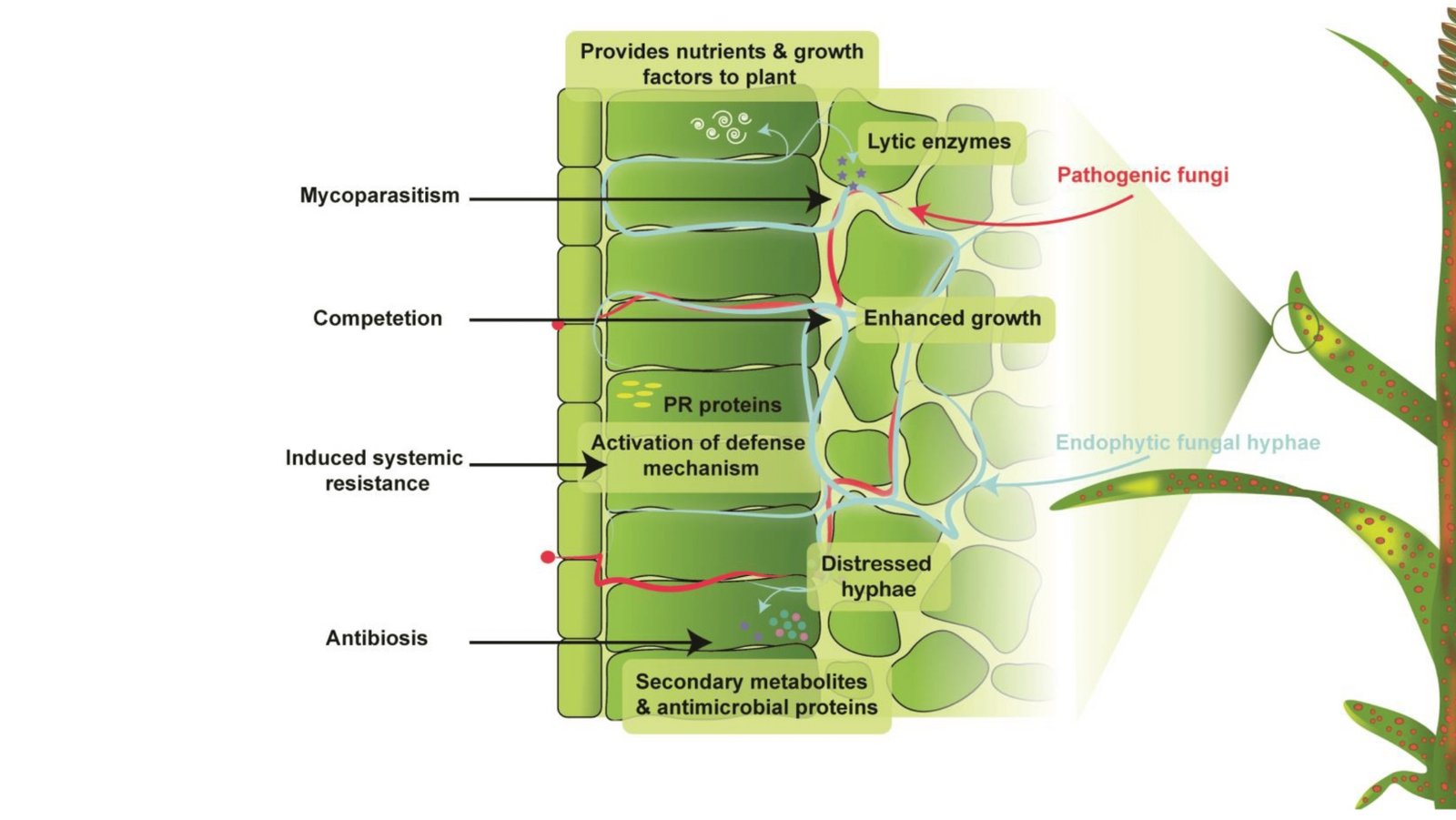
The Potential of Endophytes: From Pharmaceuticals to Agriculture:
Endophytic fungi have enormous potential in various fields, thanks to their unique properties and interactions with plants.
In the pharmaceutical industry, endophytes are a rich source of bioactive compounds, some of which have shown promise as new drugs. The anticancer drug Taxol, for example, was originally sourced from the bark of the Pacific yew tree but was later found to be produced by an endophyte living within the tree.
In agriculture, endophytes can help develop more sustainable practices by reducing the need for chemical pesticides and fertilizers. They could enhance crop resistance to pests and diseases, improve tolerance to environmental stresses, and stimulate plant growth.
Conclusion:
As we unravel the complex world of endophytic fungi, we continue to discover the crucial roles these hidden allies play in ecosystems worldwide. Their presence in plant tissues can seem paradoxical, as they dwell within without causing disease. But through this unique lifestyle, endophytes are shaping plant communities, influencing ecosystem functions, and offering promising solutions to some of our most pressing challenges. Truly, the enigma of endophytes is an ongoing journey of discovery, constantly reminding us of the intricate and fascinating relationships woven into the fabric of life on Earth.
Recommended Reads:
From Coastal America to Global Cultivation: The Journey of Agaricus Subrufescens
Mushrooms have always fascinated humans with their diverse forms, flavors, and medicinal properties. Among the...
Read More...The Sentient Spores: The Philosophy of Fungal Consciousness
What is consciousness? Philosophers, scientists, and thinkers have grappled with this question across epochs. Yet,...
Read More...Psychedelia and Pantheism: The Cosmic Connection
About This Article: Embark on a cosmic odyssey with our in-depth exploration of Psychedelia and...
Read More...Substrate for Mycology: A Comprehensive Guide on Straw
Dive deep into the world of straw-based substrates, a pivotal element in the mycological realm...
Read More...Whoa there, Spore Sport! 🍄 Looks like you’re not logged in yet. Don’t you know what you’re missing? MYCO-CREDITS! Imagine all the fungal fun you could have. It’s like finding a Morel in May and not picking it. Tragic, right? Log In or Become a Myco-Patron and start racking up those credits. It’s more rewarding than finding a mushroom in your backyard! 🌟🏡

